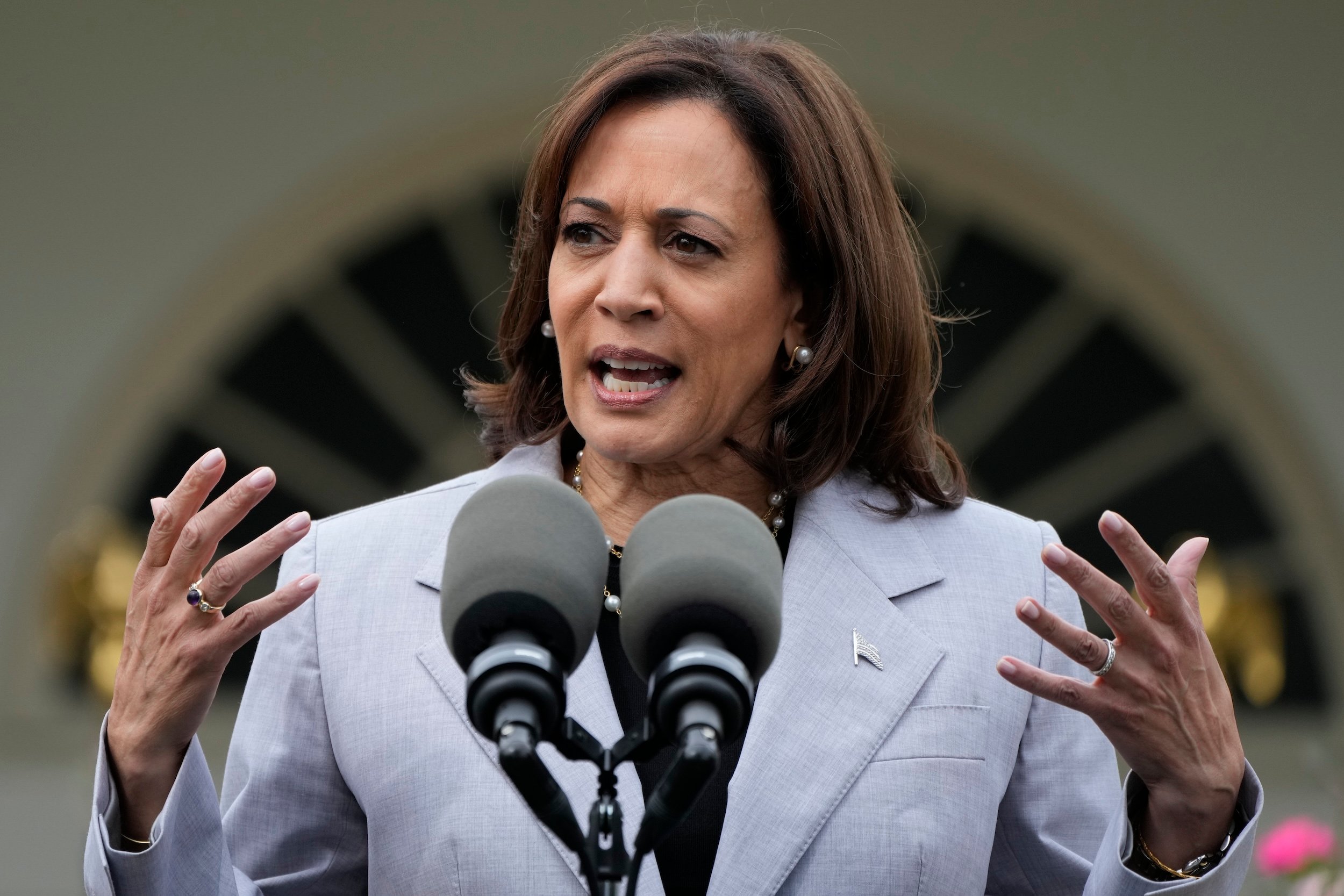What To Know Today
There’s now a Senate gun reform bill. After more than a week of negotiations, a bipartisan group of senators — including Democrats Chris Murphy and Kyrsten Sinema and Republicans John Cornyn and Thom Tillis — announced the Bipartisan Safer Communities Act. Just hours after they unveiled the 80-page bill on Tuesday, it cleared its first procedural hurdle. Democratic Senate Majority Leader Chuck Schumer said the chamber will hold a final vote on the bill before week’s end. Meanwhile, the support of GOP leadership and the 64-34 procedural vote to take up the bill suggests the legislation will have enough votes to ultimately pass. If approved, it will be the first major legislative action on gun reform in nearly three decades. “This bill will be too little for many, and it will be too much for others, but it isn’t a box-checking exercise,” Murphy said in a floor speech last night. “This bill is going to save lives.”
The proposed legislation includes:
- $750 million in funding for states to implement and improve Extreme Risk Protection Order laws, commonly known as red flag laws, or other efforts like mental health courts, drug courts, or veterans courts. Red flag laws give judges leeway to temporarily seize guns from people who may be a threat to themselves or others at the request of family members or law enforcement.
- $250 million for community-based violence intervention. The funding could be a boon for street outreach teams, hospital-based violence prevention initiatives, Cure Violence programs, and other efforts to mediate conflicts before they turn violent.
- A $1 billion investment in mental health, including for community behavioral health centers, telehealth services, suicide prevention, school-based trauma and mental health support, and provider training.
- Clarification on who needs to seek a Federal Firearms License before selling guns. The change is modest and unlikely to put an end to longstanding ambiguity that has allowed many gun sellers — like those who sell at gun shows — to avoid licensing and thus avoid initiating background checks. But it could subject some more gun buyers to background checks.
- An enhanced background check process for gun buyers between ages 18 and 21, which would include calls to state and local law enforcement and a search of state mental health and juvenile records. The legislation gives federal law enforcement three to 10 days to finish the enhanced check before a dealer can hand over a gun.
- A provision to keep guns out of the hands of domestic abusers. The bill would address the so-called boyfriend loophole. Current federal law only prohibits domestic violence abusers from buying or possessing a gun if their victim is a current or former spouse, child, co-parent, or cohabiting partner. The legislation would extend that prohibition to include people who abused their current or recent dating partners.
- A federal statute prohibiting gun trafficking and straw purchases, which could give federal law enforcement and prosecutors more leeway to target the illicit trade of firearms across state lines. Currently, there isn’t a federal statute that explicitly prohibits gun trafficking or purchasing a firearm on behalf of someone else.
- More than $2 billion in funding for schools, including more than $500 million for school-based mental health services, $500 million for mental health staff and counselors, and $300 million for safety measures and violence prevention efforts.
House Speaker Nancy Pelosi said the lower chamber will swiftly pass the Senate version and President Joe Biden stands ready to sign it into law, though obstacles could still emerge ahead of the Senate’s planned two-week recess, which begins June 24.
NEW from THE TRACE: Could less policing reduce gun violence in NYC? The majority of shootings in the city go unsolved, with about 54 percent of homicides and 35 percent of nonfatal shootings leading to an arrest last year. And those so-called clearance rates are on the decline, a fact that many experts say is a key part of the lack of trust in the criminal justice system among many Black and brown communities. While Mayor Eric Adams has focused on cracking down on gun- and other offenses with more arrests, many experts argue that prioritizing lower-level offenses and failing to reverse low clearance rates for violent cases will only exacerbate community-police mistrust. Chip Brownlee has that story here, published in partnership with The Guardian. (Read part one here and look out for the final installment tomorrow.)
Head of Texas state police: Uvalde response was an ‘abject failure.’ Before a special state committee in Texas, Department of Public Safety Director Steven McCraw — whose agency is leading the state’s investigation — said responding officers had enough support and equipment to immediately confront the gunman when they entered the school. He added that the commanding officer on the scene, whom he identified as Uvalde school district police chief Pete Arredondo, needlessly had officers wait for a key to unlock a classroom door that had never actually been locked. His testimony contradicted Arredondo’s account, who previously said he had found the classrooms locked and that he hadn’t acted as the incident commander. Meanwhile, the Uvalde mayor blasted the state, accusing DPS of leaking records to cast local police in a bad light and overlooking the role of state officers.
Data Point
90 percent — the share of state and federal prisoners who had a gun at the time of their criminal offense who carried firearms that were not obtained from the original retail source. [Bureau of Justice Statistics, h/t Caterina G. Roman]

